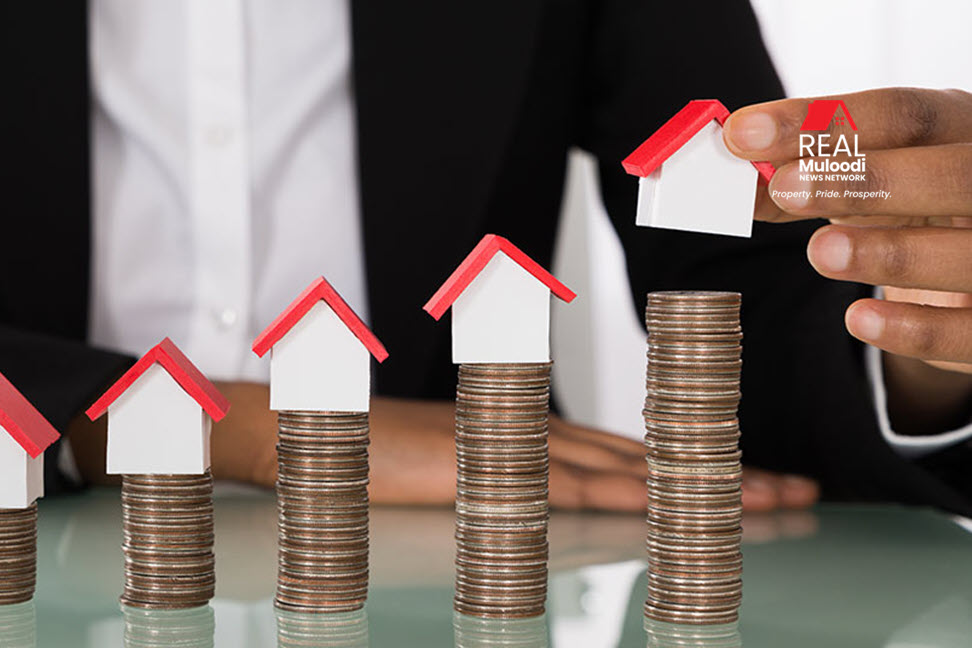UGANDA, Kampala | Real Muloodi News | When most people think of real estate investment, they think of traditional rental properties and maintenance of rental portfolios, finding tenants and collecting rent, hiring vendors for repairs or rehab projects, and so on. What they are thinking of is active real estate investment.
Conversely, passive real estate investing doesn’t get involved with the day-to-day management of the real estate assets. As a passive real estate investor, your duty is to provide cash to the investment, often supplied by a real estate group or syndication business, while abstaining from managing the asset and its path to income generation.
Passive investing necessitates less time commitment. With family duties, a full-time job and personal interests, most people cannot afford the time to engage in real estate actively. Managing tenants and handling the difficulties of frequent property maintenance can be challenging when you’re an active real estate investor.
Passive investors profit from someone else who puts things in place for them. When a toilet breaks during the awkward hours of the night, it requires maintenance; the passive investor sleeps quietly.
Being a passive investor requires less expertise and experience because it does not require a thorough grasp of the real estate market and the asset class in question, whether single-family houses, apartments, retail, or other commercial or residential properties.
Active investment requires a deep understanding of the market to operate and the capacity to discriminate between excellent and bad real estate purchases. Passive investing does not require you to be a real estate specialist since the passive investor harnesses the talents, network, and knowledge of seasoned experts.
Real estate investing also has considerable tax benefits. All investors enjoy the income, appreciation, and stability of their assets while benefiting from numerous tax benefits such as depreciation write-offs: while the property asset itself appreciates, simultaneously other assets involved in its rental such as furniture, fixtures
and equipment can provide a depreciation write-off!
Passive investment also provides significant risk diversification potential. As a passive investor in a real estate project, such as real estate syndication or real estate crowdfunding, you may pool your funds with those of other investors to purchase a more significant and reliable asset than you could afford or would want to risk acquiring on your own.
As a passive real estate investor, you may participate in a variety of markets and asset classes and distribute your wealth over numerous projects, therefore reducing risk.
Getting involved in a real estate syndication is a great way to start as a passive real estate investor. Syndications are groups of real estate investors who buy valuable properties like multi-unit apartment complexes.
When it comes to real estate syndications, there are usually two types of participants: General Partners and Limited Partners, or passive investors.
General Partners are project participants in charge of identifying and underwriting property, contracts, funds, and vendors.
In a real estate syndication, a Limited Partner effectively gives a percentage of the funds to buy the asset. Limited Partners are updated on their investment and passive income distributions monthly or quarterly.
How this Works
Assume a USh2 billion apartment building is on the market. It’s in a desirable neighbourhood, so it should be a sound investment. The General Partners (GP), often known as real estate syndicators, will work with a lawyer to organise the LLC, develop the building’s business strategy, and calculate investment returns. The objective in this scenario is to enhance revenue while also increasing the property value. The GP needs to raise money to buy the building and conduct some value-added remodelling.
They need a 30% down payment, so they find 20 investors who will each put down USh30m at a shared 70% ownership value, and contribute USh2 million for remodelling expenditures.
As a passive investor, you’d have a look at the pitch to see whether it’s something that matches your taste.
You’d look through the GP’s business plan, which mentions 8% preferred returns paid monthly for five years and an equal ownership split between the 20 investors at the conclusion.
If the syndication meets the minimum returns, you will get monthly checks of USh200,000 (8% x USh30m at 12 months per year) for the next five years, after which you will receive your share of the complex when it is resold to others.
Assume the GP keeps the complex for five years. During that period, you would have received a total of USh12 million in monthly deposits. In addition, the mortgage debt is now USh1.2 billion rather than USh1.4 billion, and the property has risen 20% to USh2.4 billion.
So, when they sell the multifamily property, the proceeds will total USh1.2 billion, with the 20 limited partners receiving 70% of the sales equally between them, or USh42 million each.
As a result, you’ll get USh54 million from your original USh30 million investment. You’ll have earned USh12 million in rent and USh42 million from the property sale after five years, almost doubling your money!
Indeed, any investment has some risk, but passive real estate investing can be one of the most effective methods to accumulate wealth over time. It’s simple to implement, is flexible, and expands your portfolio into one of the safest investment vehicles: real estate!
READ MORE LIKE THIS:
7 Businesses the World’s Wealthiest Billionaires Invest in to Stay Rich



